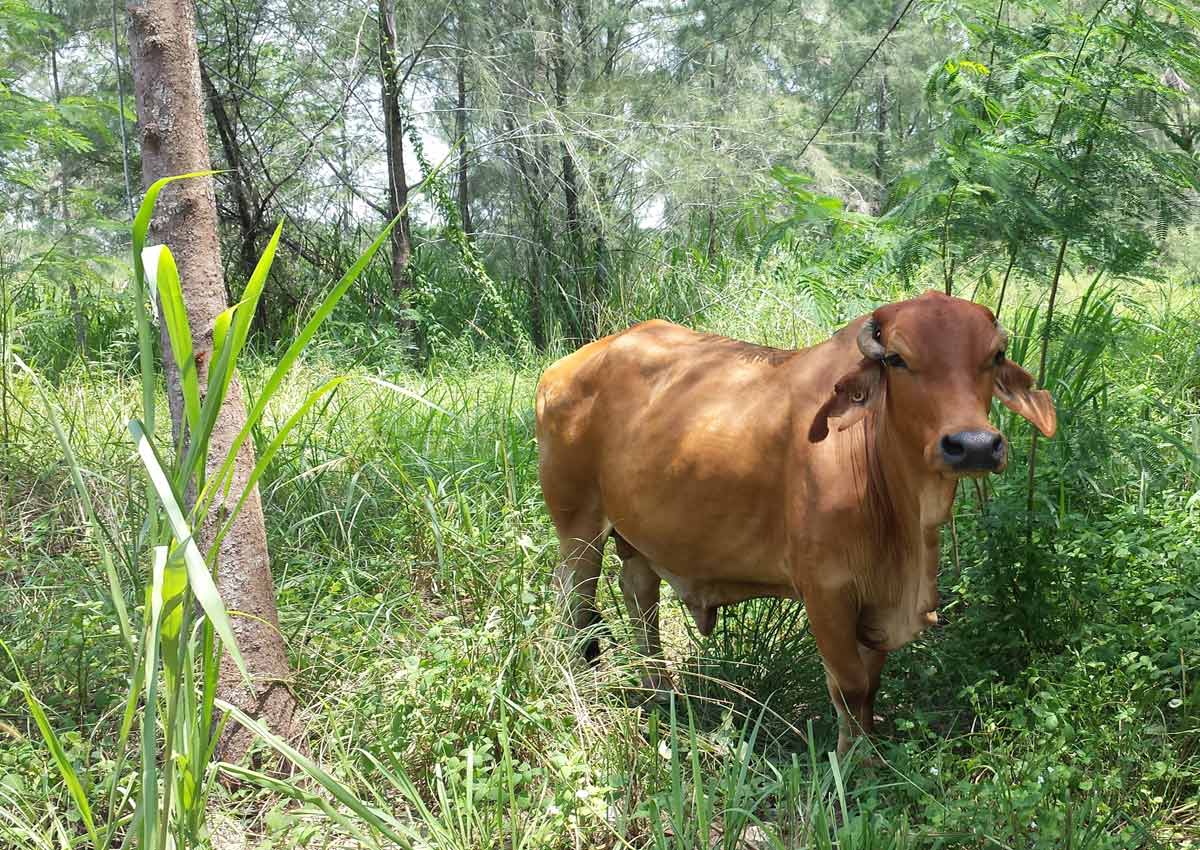The death of Coney Island’s lone cow has now made international headlines.
In a report headlined “Coney Island: The life and death of a lonely Singapore cow”, the BBC on Sunday wrote that the animal “quickly became a local legend among Singaporeans, most of whom live in the city or suburbs and have little interaction with livestock”.
The cow, which was really a Brahman bull, died last month during a routine health check.
It had been a hit among netizens, and visitors to Coney Island often tried to locate it, though it was famously elusive.
The National Parks Board (NParks) announced its death last Wednesday, saying that the cow “was a recognisable part of Coney Island Park and will be missed”.
NParks had first found the lone bovine while setting up the 50ha park at Punggol, which was opened to the public a year ago.
The park got its name when a businessman in 1950 bought and named it after New York’s Coney Island amusement park with intentions to turn it into a resort.
It is not known how the cow got there or how old it was, although NParks told the BBC that it may “have wandered in” and was noticed only after dam crossings were built.
“But as no one has reported a lost cow, its presence on the island remains a mystery,” said NParks.
The Straits Times reported last week that the cow was sickly and malnourished when it was first found but recovered after foraging naturally on the abundant vegetation on the island.
Post-mortem investigations by the Agri-Food & Veterinary Authority of Singapore (AVA) show that the cow had “chronic underlying illnesses, and that it likely died of heart and lung complications while sedated”.
Online, netizens reacted with sadness and some with outrage that it had died while sedated.
Twitter user Darryl Kang wrote: “Rest in peace Coney Island cow. Sad that we didn’t get a chance to meet each other.”
Some even compared it to Harambe, a silver back gorilla from a zoo in the United States that was controversially shot dead after a child got into its enclosure.
NParks said in a statement that “health checks are necessary for the cow’s own well-being and for public health reasons, for example, to prevent the spread of diseases between animals and humans”.
“Given its large size, sedating the cow was a standard procedure to ensure the safety of all personnel involved,” it added.
lydialam@sph.com.sg

Get MyPaper for more stories.























